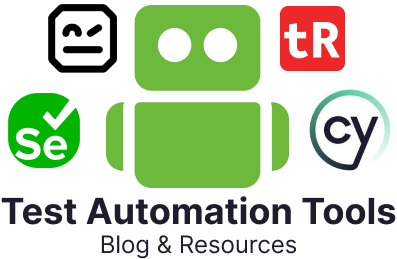BDD is a method that focuses on how people will use the application. The app is then designed, built, and tested based on this information. To make test cases that guarantee a high-quality application, it helps to have the views of both technical and non-technical stakeholders. Since the business requirement is the focus, examples are used to show how the application works in different ways.
This method builds on the TDD method and the acceptance testing method. When most people think of BDD, they think of the Gherkin language, where scenarios are written in a given-when-then format. This is one way that BDD test scenarios for user stories are often written. But it’s important to remember that BDD is mostly a way of thinking, not a programming language or a tool.
What impact does BDD have on testers?
We know today that BDD is a team effort. The issue therefore arises, what role do testers play? Is there any development in their situation?
Testing was often seen as a nice-to-have in earlier software development approaches. However, with today’s software development ideas, testing has been acknowledged as a crucial step. With BDD, testers are included from the very beginning. The product owner, the programmer, and the tester often work together to settle on a course of action based on the requirements. It’s vital that no one loses sight of the big picture, i.e. the company needs.
Does it have an impact on testing methods?
BDD aids in achieving that crucial alignment among the stakeholders at the beginning of the cycle. New situations may be added, as well as changes to the prewritten scenarios, via the test cases that are written. The scenarios may either be manually tested or automated when they have been agreed upon. In reality, once these scenarios are accessible, additional testers who may not be acquainted with the system might be assigned the responsibility of testing based on these situations. For seasoned testers, this may help save time and resources.
Why does BDD not work in all organizations?
Since BDD is widely used in the software sector, the term may raise some questions. It turns out that many teams falsely believe they are BDD compliant. In actuality, though, they aren’t following the fundamental BDD principles and are only utilizing Gherkin to construct their test cases.
When business analysts (BAs) collect domain information, educate developers, and create functional documentation, it is all too usual to see a picture. It’s common for the development manager to overlook reviewing test cases created by manual QA. Then, during the sprint, QA delivers the feature for testing later than expected, giving testers just a small window in which to verify and approve the product. We may hope that the first steps toward automating this functionality will be taken during the subsequent sprint.
It’s like how many businesses nowadays claim to use Agile, albeit in name only. They discover that quantifying work in human hours and establishing firm deadlines are at the heart of why Agile doesn’t exactly work for them.
Just like with Agile, it’s important to adhere to BDD’s whole process and keep in mind the fundamental notions we’ve discussed so far. If not, you can end up feeling let down.
- Improved communication between technical and non-technical stakeholders is a direct result of the scenarios being written in a language that is accessible to both groups.
- Involvement of all relevant parties begins from the start of the endeavor. This guarantees that a variety of views are taken into account before settling on a cost-effective strategy that best meets the needs of the organization.
- Fit for use by agile teams using CI/CD practices. There will be less needless duplication of effort and fewer questions throughout development if the product’s design and strategy are in sync from the start. This method ensures the application’s continued high quality while also satisfying the needs of the customer.
- The customer is consulted on the test situations shown in examples. This is an ongoing procedure that aids in producing software that fully satisfies the customer’s requirements.
Conclusion
Before introducing a need into the development cycle, the BDD method encourages stakeholders to have a conversation about it. This ensures that the client’s requirements are met by the application. This method is well-suited to agile settings since it encourages early involvement from developers, product owners, and testers.
